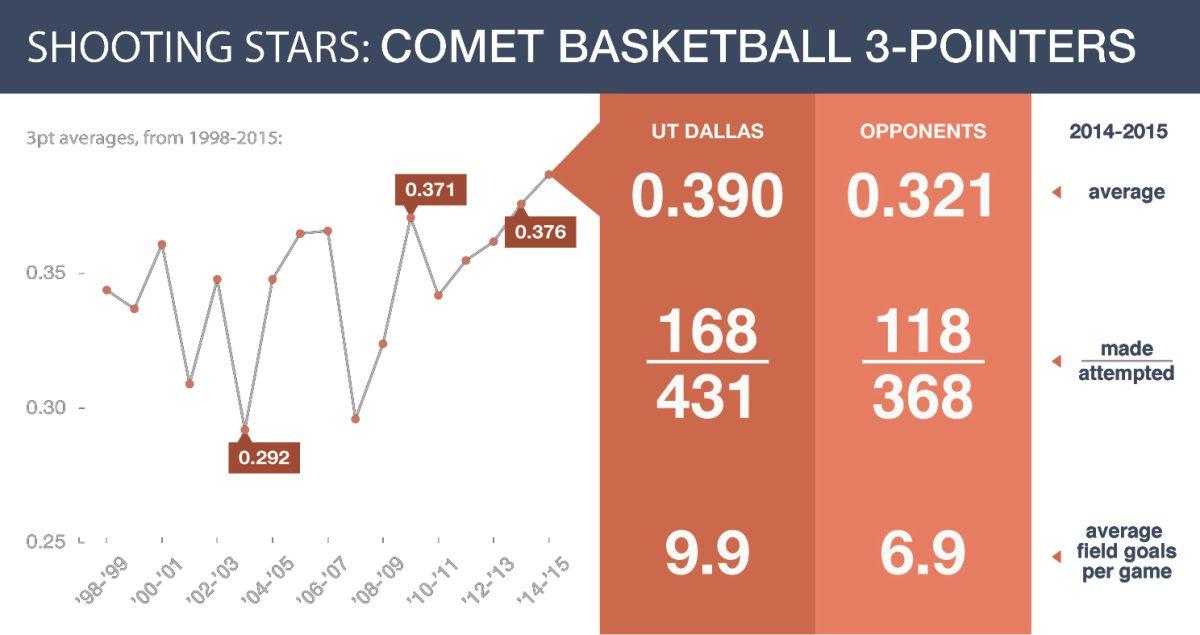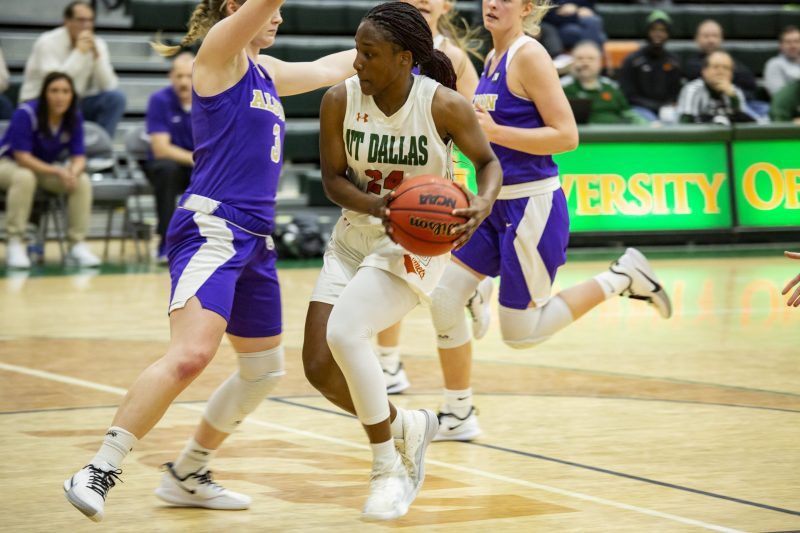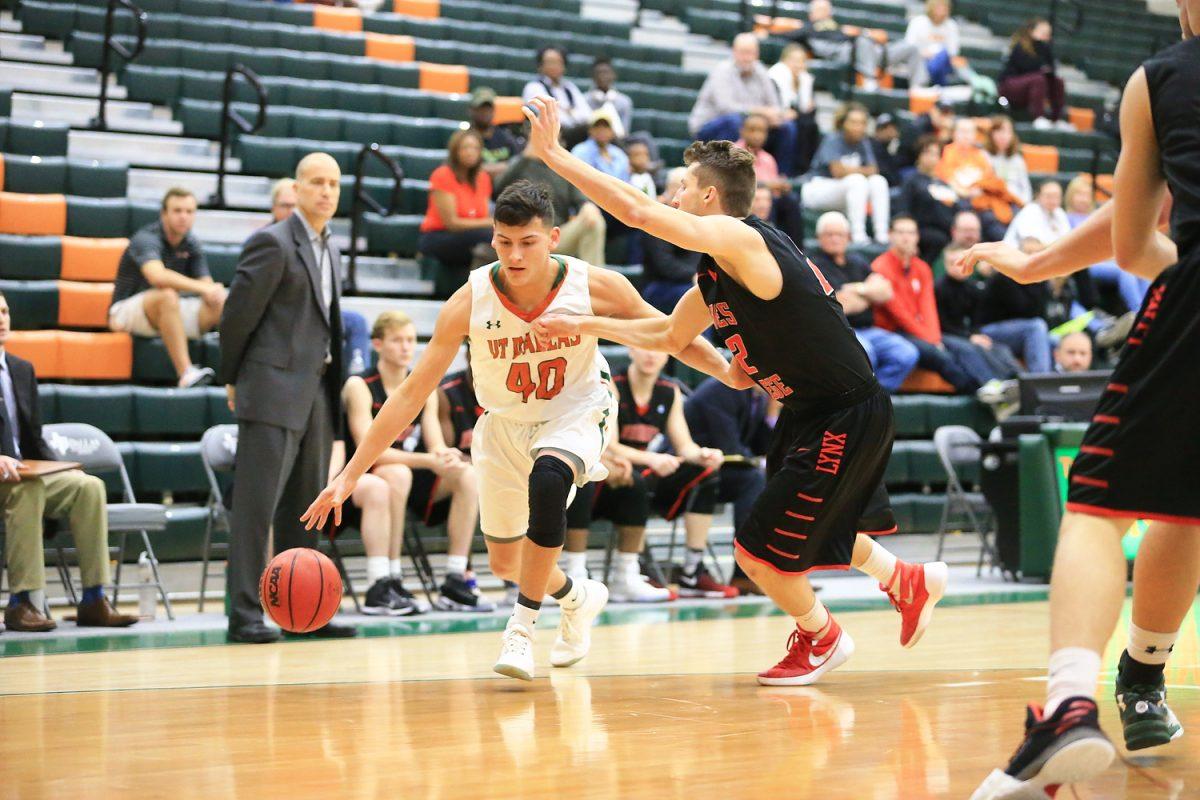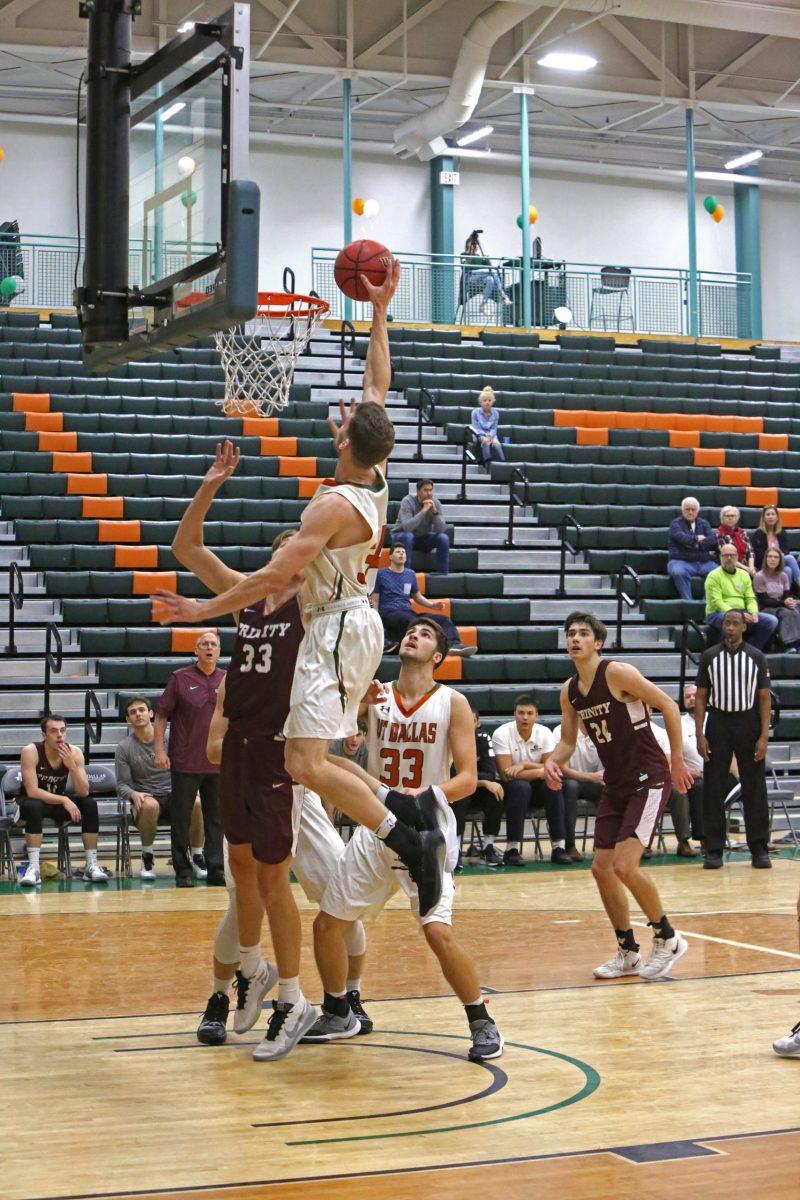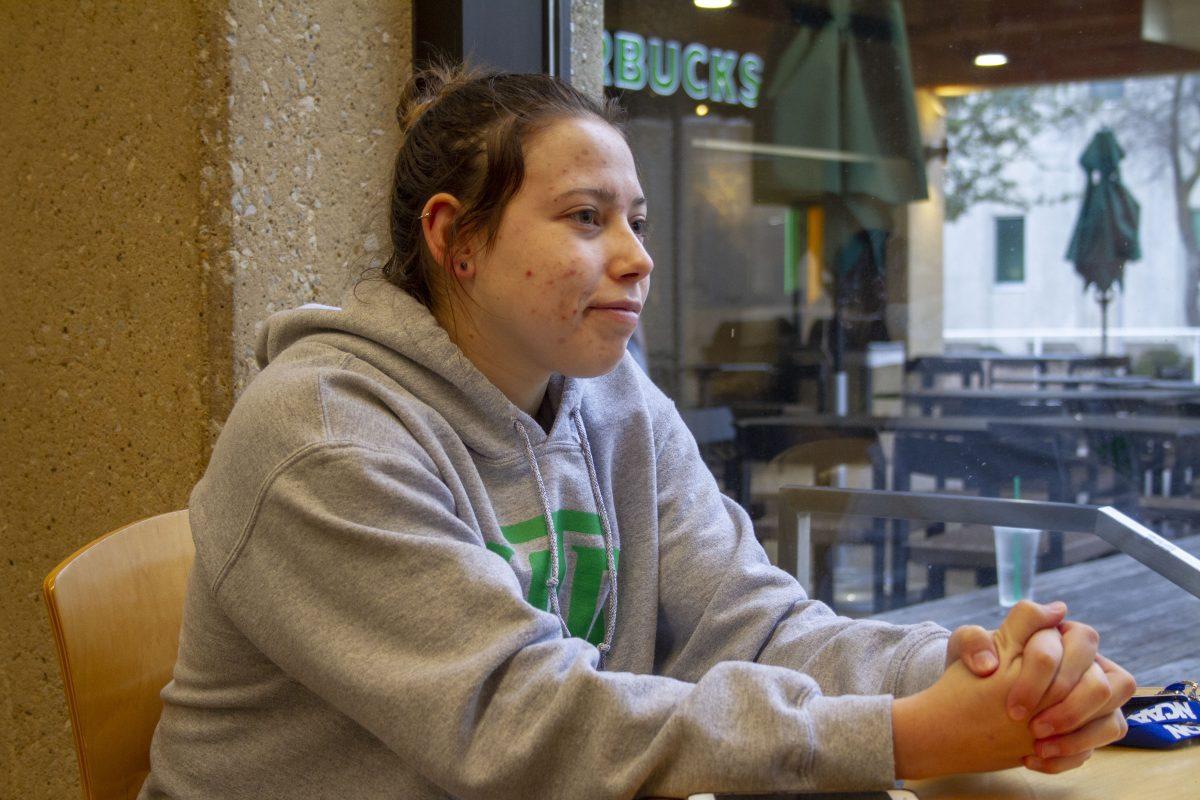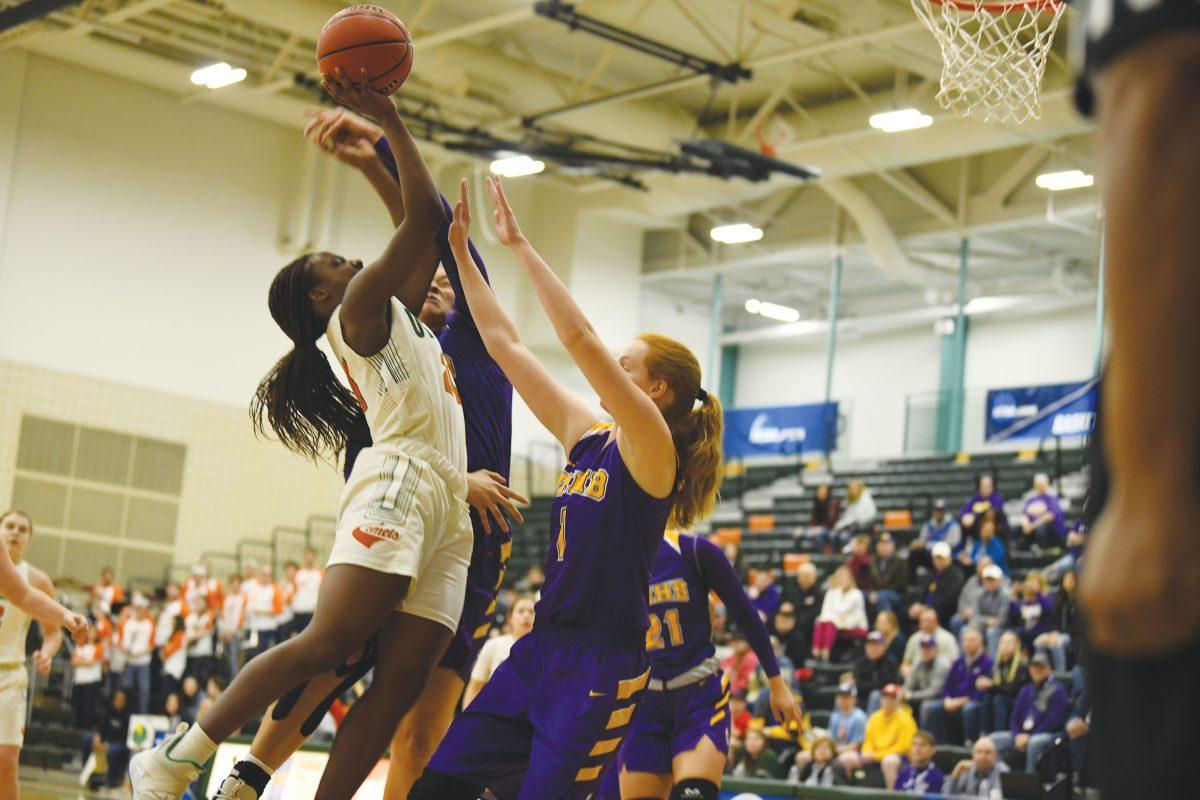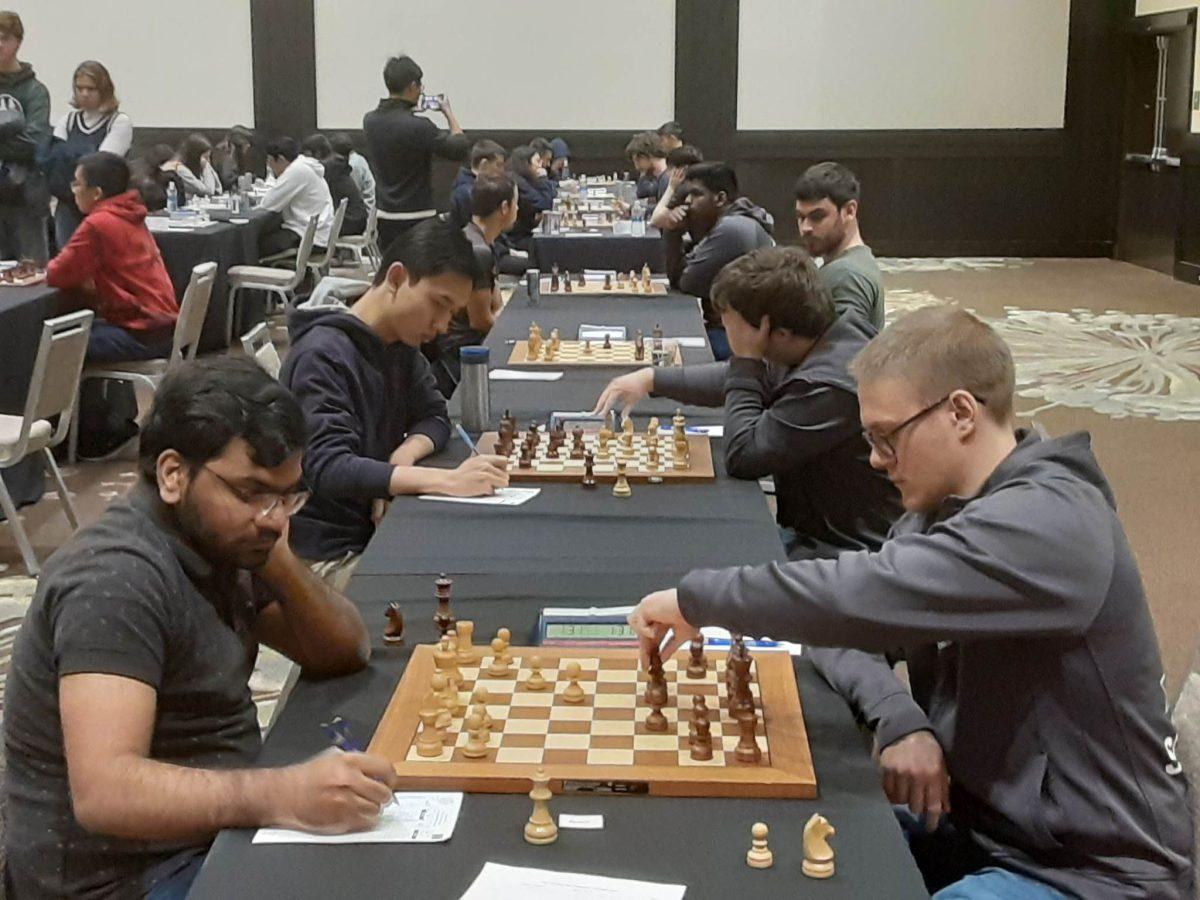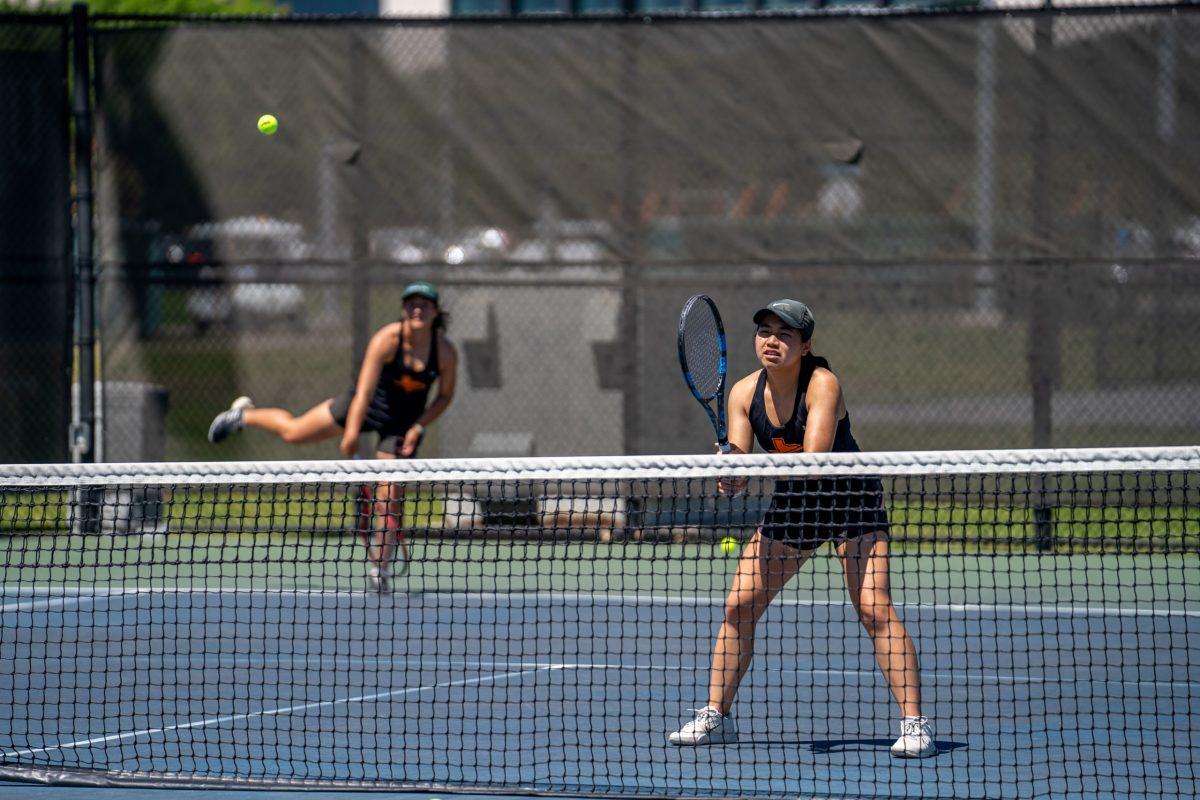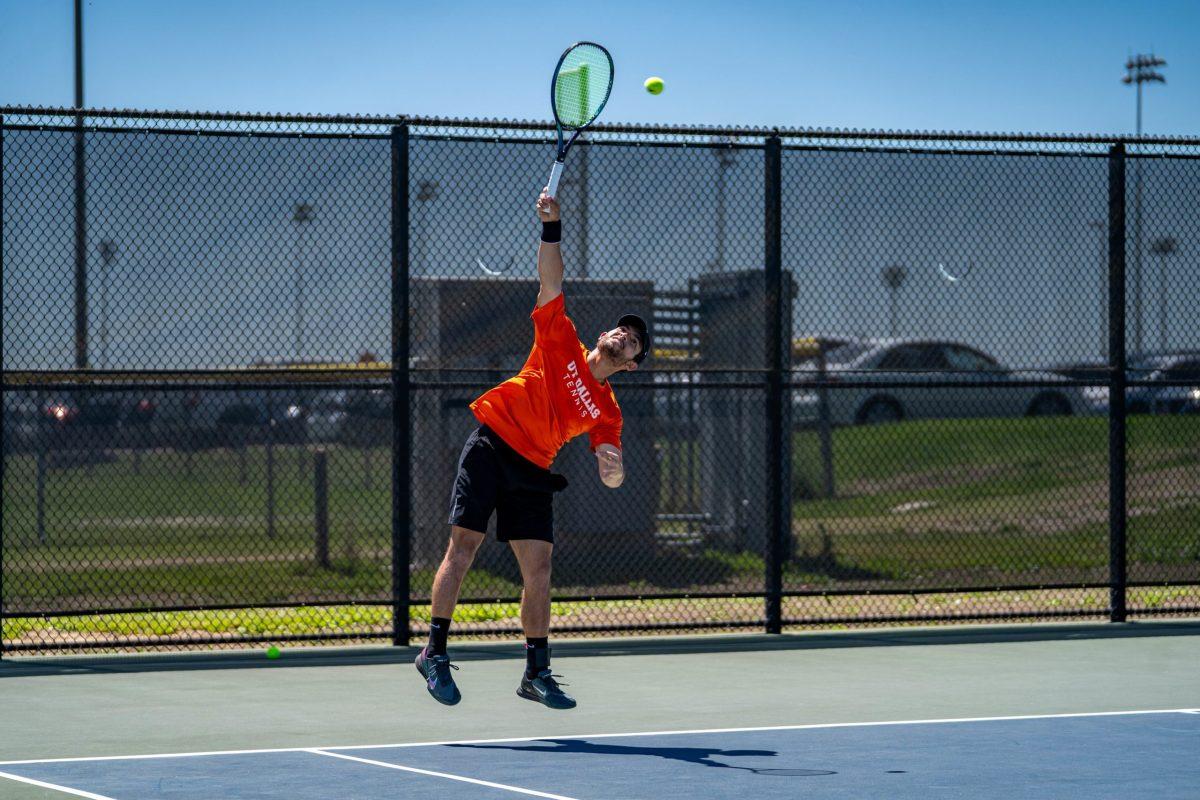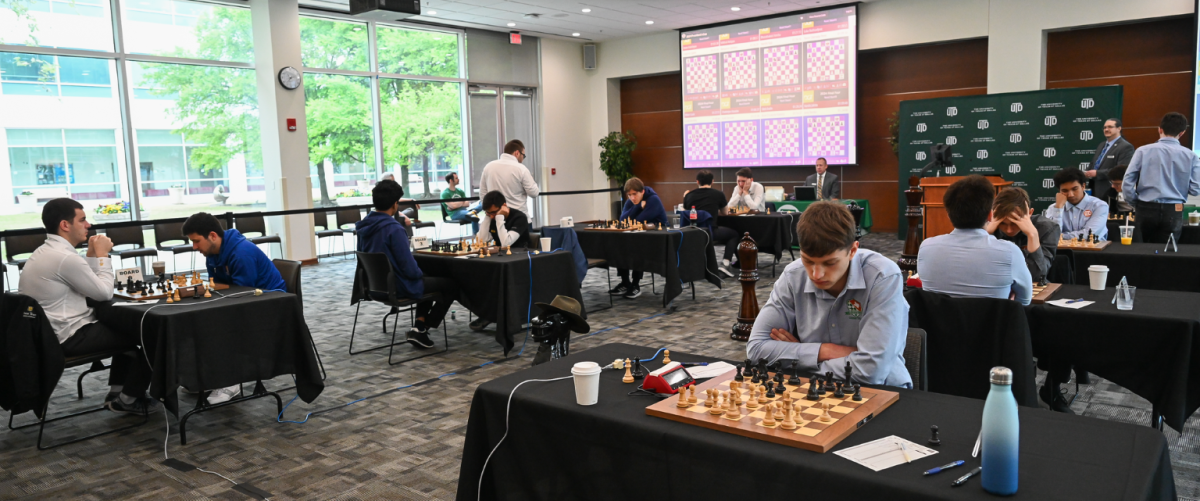The three-point shot, one of the most exciting plays in basketball, is the cornerstone of the men’s basketball team this season.
The Comets are on pace to rewrite history: If they maintain their shooting efficiency, the team will set a program record in three-point percentage and three-point shots made.
Generating a productive three-point offense has been the Comets secret weapon this season. Against Trinity on Jan. 3, they hit 15 threes, a school record.
The Comets are ranked 11th in the country in both three pointers per game with an average of 9.9 and three pointers in the season made with 168.
In the ASC, the Comets are number one in three-point percentage, hitting 39 percent of their shots, 18 percentage points over the next highest leader.
With three starters hitting threes at a rate of 38 percent or better, the Comets have a roster that can punish opposing teams with the long range shot.
Finding the open man
Any team hell-bent on shooting from behind the arc needs to have players who can effectively distribute the ball.
Three-point shots are created through assists, and when it comes to generating those long range buckets for teammates, the Comets have senior guard Matthew Medell and freshman guard Caleb Banks who combine for just under five assists per game.
This season, the offensive strategy feeds into the Comets’ strengths – working the ball to find the open man.
“Coach Butterfield emphasizes how we should shoot the ball when we are open,” said Medell, who has a .375 shooting average from beyond the arc. “This allows for all of us to be confident when we get an opportunity.”
The Comets success from downtown is also generated in part by the play of forwards Kyle Coulter and Reagan Keogh.
Their presence in the paint helps the Comets spread the floor against opposing defenses.
Combining for 12 rebounds and 15.3 points per game, these two alleviate pressure for outside shooters.
By having ball savvy big men who can pass from the zone and demand respect from the opposing team, the team increases its efficiency at shots from outside the paint.
“We end up shooting the three ball because we work the ball to the open man and find the player in the best position to make a play,” Medell said.
Coulter also contributes from beyond the arc; he is second on the team in three-point percentage with 43.9 of his shots going in.
Shooting Efficiency
Teams that rely too much on the three-point shot can lose games when the opposing teams properly defend the perimeter.
That’s why the Comets are emphasizing shooting efficiency this season, generating an offense that can hurt opponents in a variety of ways.
An important problem facing a basketball team is determining the right proportion of two and thee-point shots to take.
For the Comets, the return on a three pointer is almost just as good as a midrange or shot in the paint.
When they take a three-point shot, they are efficient as a team, shooting 39.1 percent from beyond the arc, accounting for nearly half of their offense.
We have guys at every position that can shoot effectively and that’s what makes us number one in the conference in three-point percentage,” Medell said.
The Comets are scoring double digit threes on a consistent basis, doing so in eight games this season.
One of the main contributors to the Comets’ shooting this season is senior guard Rafael Farley, who leads the conference in scoring, three-point percentage and three-points made.
After spending one season at Abilene Christian University, averaging 4.6 points per games as a junior for the Wildcats, Farley is playing at an All-Conference level for the Comets.
His production as a shooter has increased since the transfer this season to UTD, raising his scoring to 22.3 points per game.
He puts in an average of 3.7 three’s per game and is shooting 47.9 percent from downtown.
Farley attributes his three-point shooting success to the work they put in at practice.
“We work on shooting in a variety of ways, coming off down screens and spot-up catch and shoot,” Farley said.
Certainty is a major factor to his success.
“Confidence is key. If you don’t believe in yourself, you aren’t going to make those tough shots,” Farley said.
Working as a Cohesive Unit
The shooting efficiency and success of the team can be attributed to the trust the players have for one another, Medell said.
The willingness to work as a unit instead of as individuals has been vital to the team’s success. Still, the team has no time to sit back to dwell on its success at shooting, as it currently only stands at 6-5 in the conference.
“We have to stay hungry and stick with the game plan because as soon as we get complacent we can lose our edge,” Farley said.

